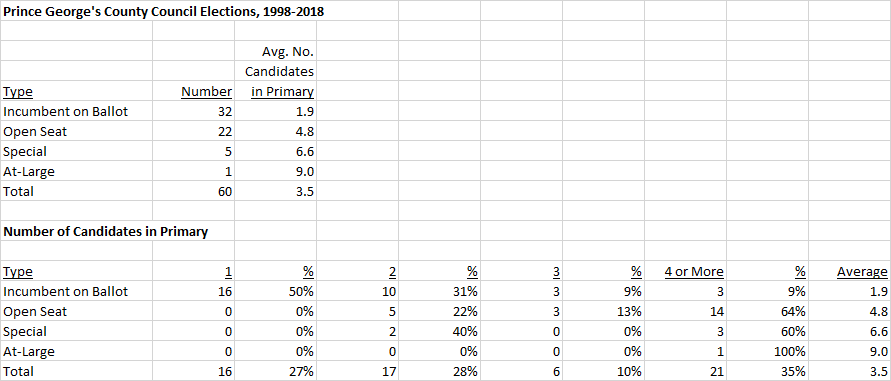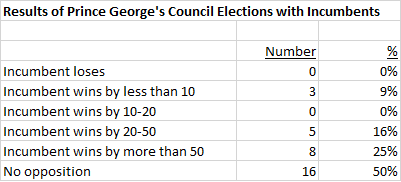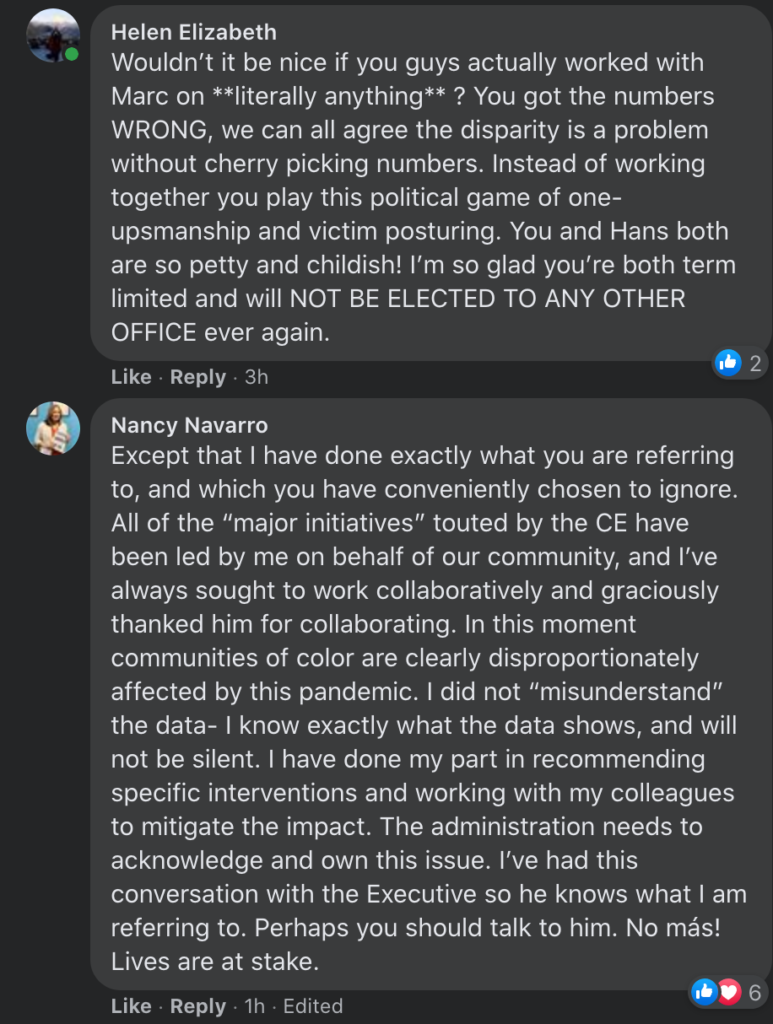By Adam Pagnucco.
Montgomery County Public Schools (MCPS) has announced that it will offer virtual learning only through January 29, 2021. Their community update is reprinted below.
*****
MCPS To Provide Virtual-Only Learning for First Semester
Plan to be reassessed in November 2020 for Second Semester
Dear Parents, Guardians, Students and Staff:
I am writing to provide an important update on our Fall 2020 recovery plans. MCPS has been working closely with county and state health officials on the potential reopening of schools. Yesterday (July 20), we received additional guidance from Dr. Travis Gayles, county health officer, in which he shared that “based upon the current state of surveillance and epidemiological data, I would not recommend in-person instruction for students inside school buildings at this time. I recommend investing in a virtual instruction model until, at earliest, the completion of the first quarter in November, with consideration for virtual instruction through the first semester.” As I have shared previously, our plan has always envisioned starting in a virtual-only model. However, given this updated guidance, the safest choice for our district is to remain in a virtual-only instructional model through the first semester—January 29, 2021; or until state and local health officials determine conditions in our county allow for students to return safely after the first semester. This decision includes the cancellation of all fall and winter sports. Working with Dr. Gayles and county elected officials, we will reassess at the end of the first quarter (November 9, 2020) to determine if we are able to implement a phased blended model in the second semester (beginning February 1, 2021). We will continue to engage with our community as we continue to navigate this incredibly complex situation.
We anticipate that Governor Larry Hogan and Dr. Karen Salmon, state superintendent of schools, will also provide an update on the state’s recovery plan for schools this week. We will review their guidance and make all necessary adjustments to align our plans.
We continue to explore creative ways to support students receiving special services and families with significant challenges in accessing curriculum through a virtual model. We also know that this decision to extend virtual instruction will significantly impact the work schedules of many parents in our county. We are seeking the ability to allow buildings to remain open in a limited capacity for essential purposes, including meal service; to support access to technology and other materials; and for use by some child care providers.
On August 6, 2020, we will provide an updated plan to the Board of Education. This update will reflect adjustments stemming from changes in guidance from local health officials and the important feedback we’ve received from students, staff and the community. The Board of Education will vote on this plan at that time.
We are building on what we learned during the spring to provide a robust and dynamic virtual learning experience for our students. Our staff is being provided additional professional development to enhance their instructional abilities in a virtual model; we have put systems in place to ensure all students have access to digital devices and access to the internet when they are away from school buildings; and we are building in additional time for student support and learning opportunities. We are also streamlining digital tools and platforms to make it easier for our students, staff and families to engage in teaching and learning.
Our students are the heart of what we do and why we exist. There is no doubt in my mind that we all want what’s best for students. This decision is incredibly difficult as we know how much students need school for their academic success and social-emotional well-being. We take the immense responsibility of ensuring staff and student safety, educating our students and creating opportunities for all seriously. Thank you for your continued support and collaboration as we work together to meet the needs of our students, staff and families.
Sincerely,
Jack R. Smith, Ph.D.
Superintendent of Schools






